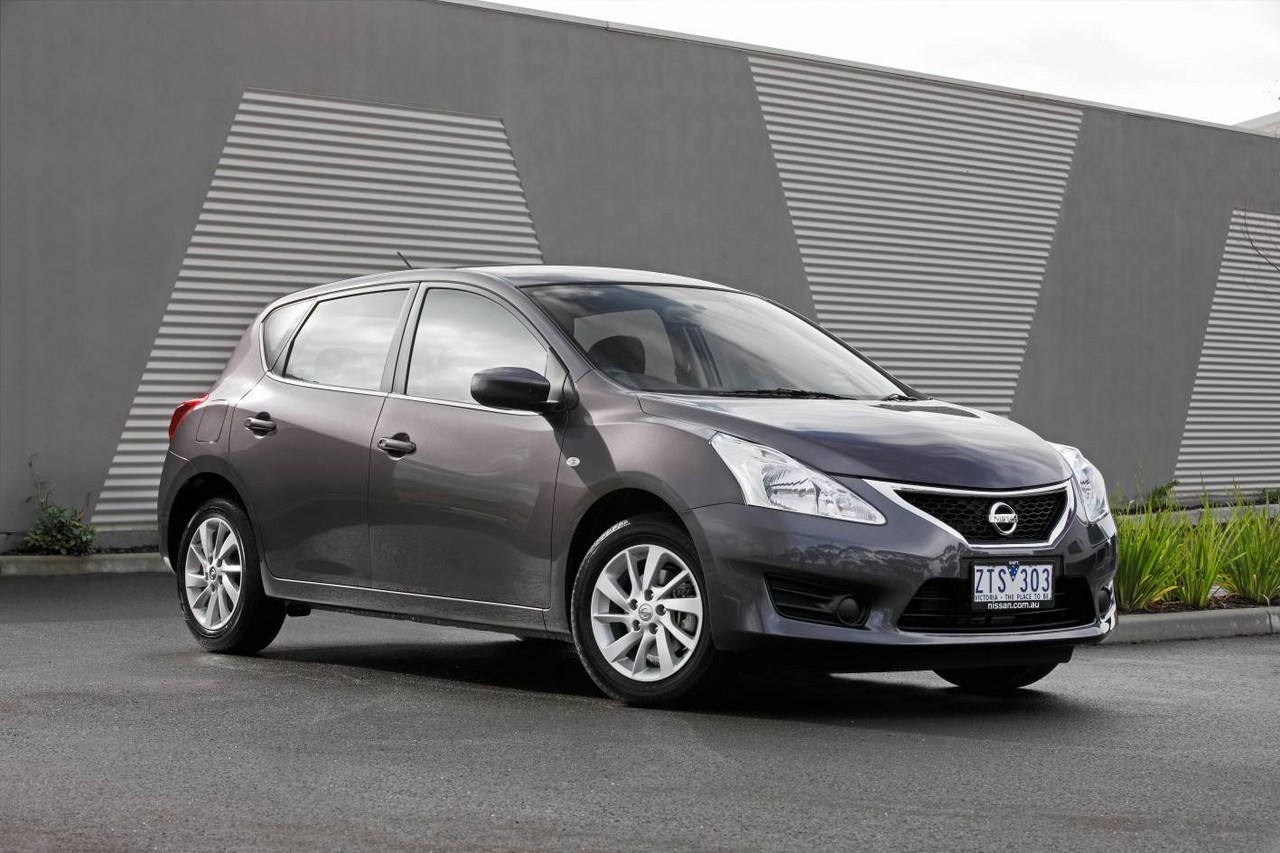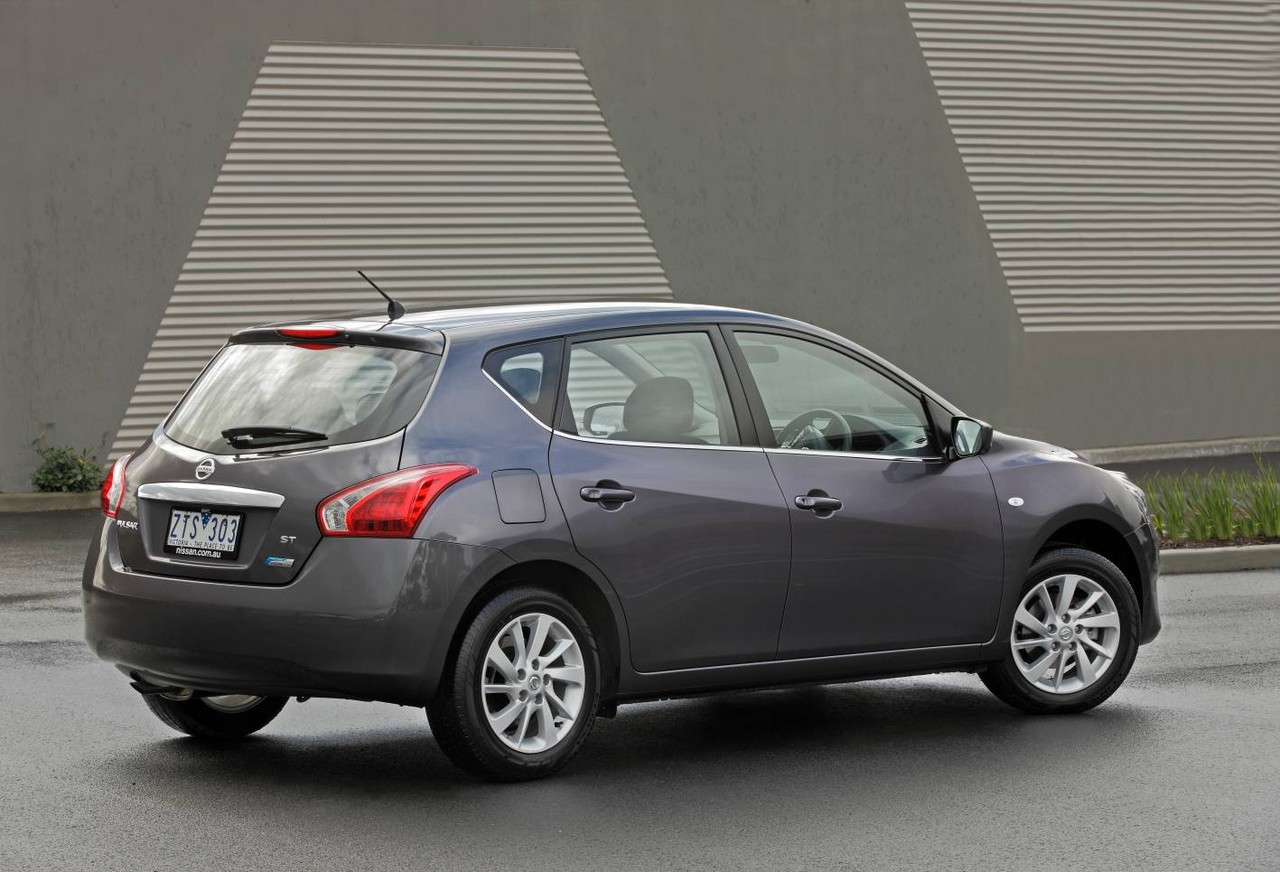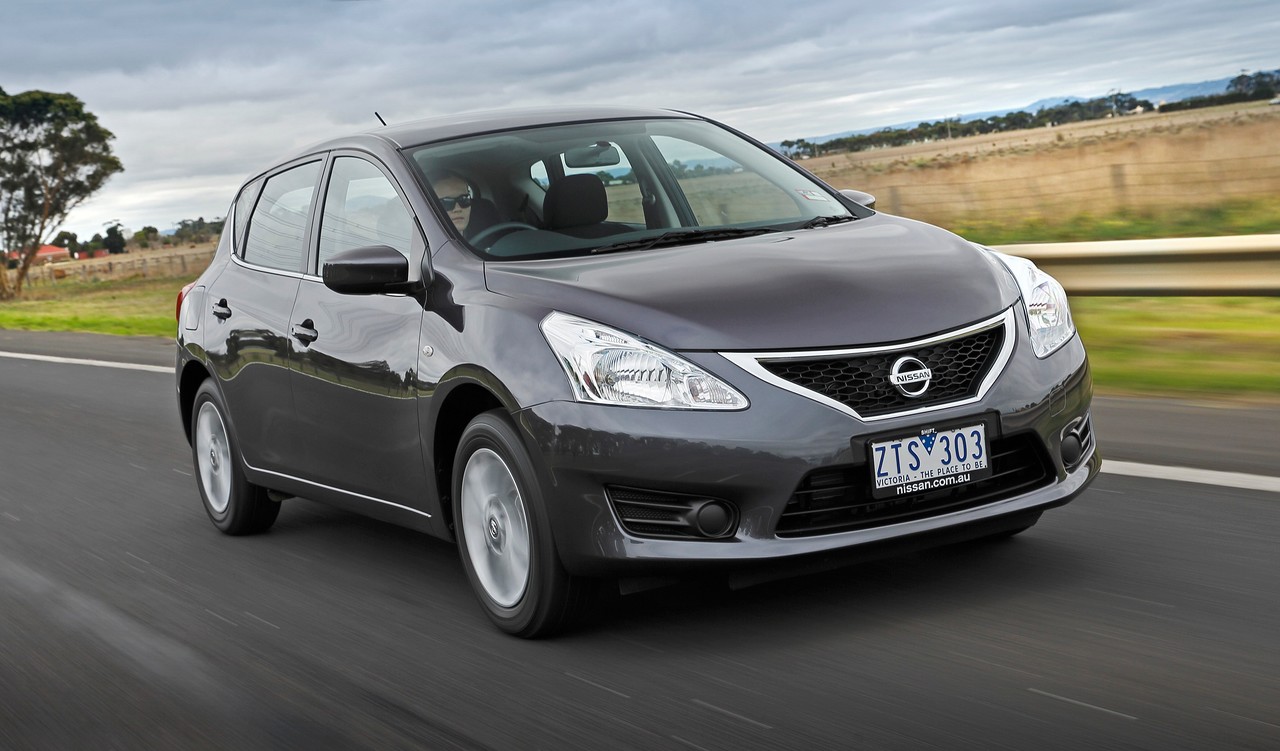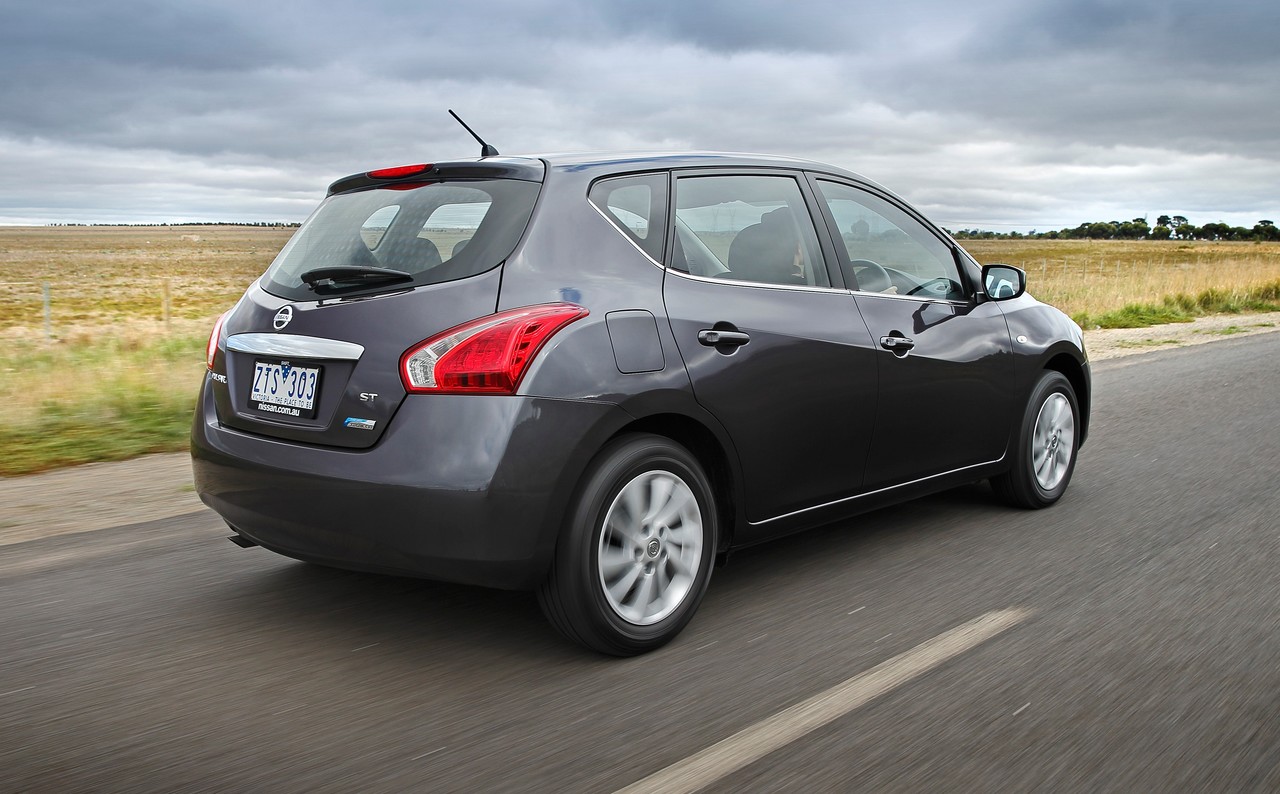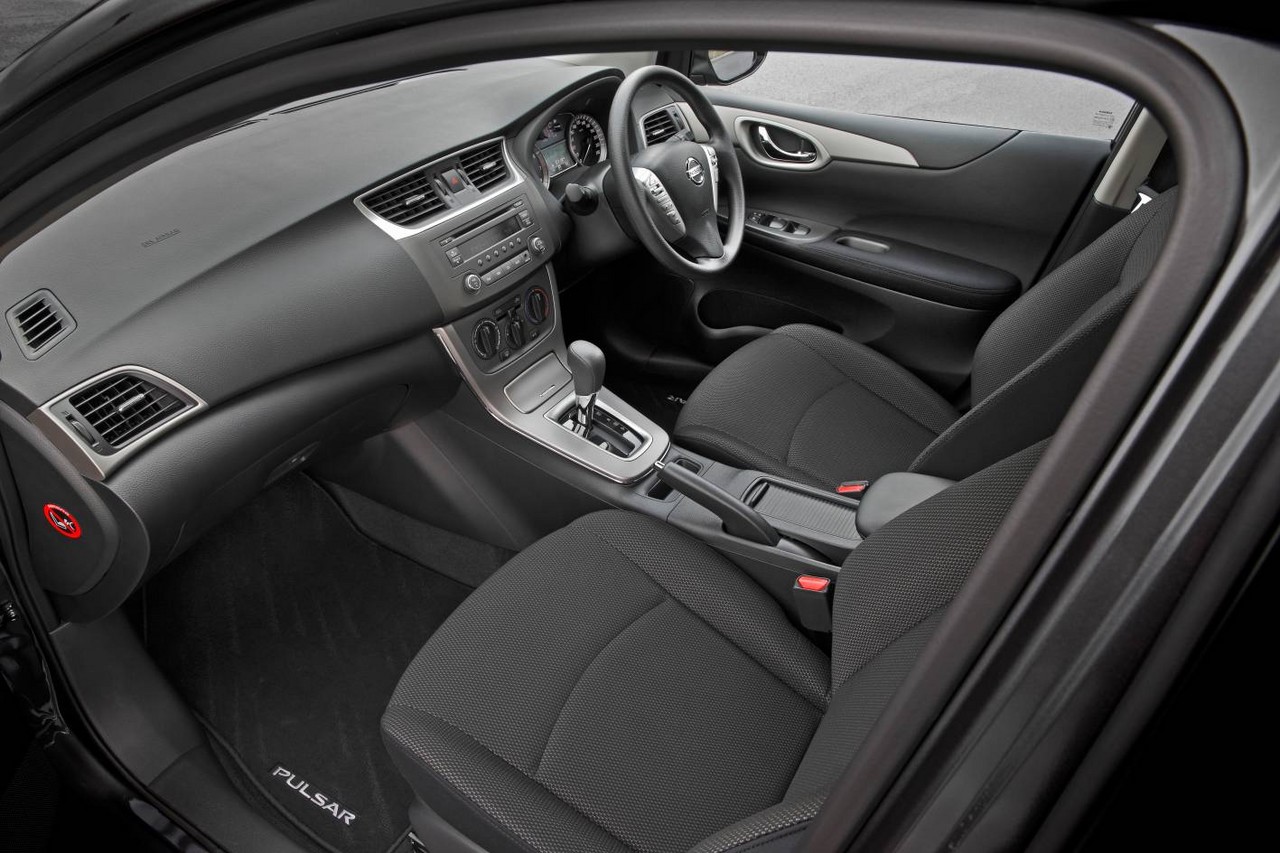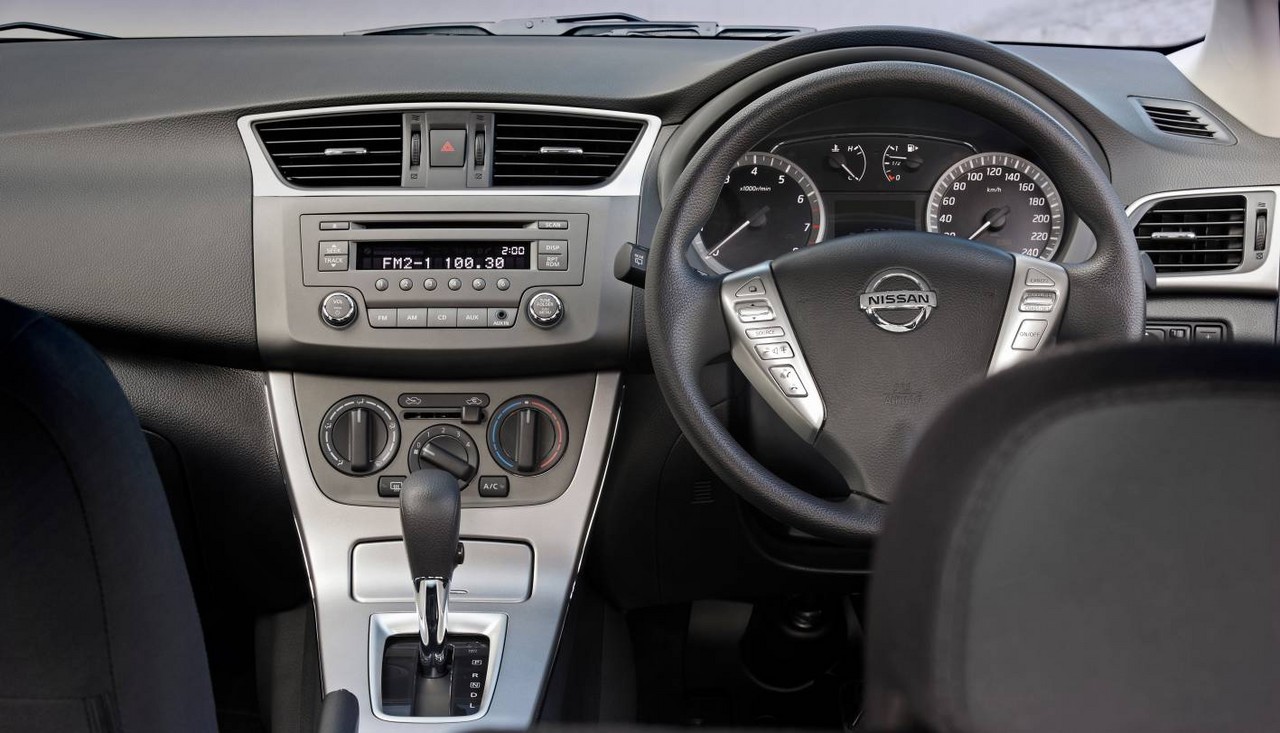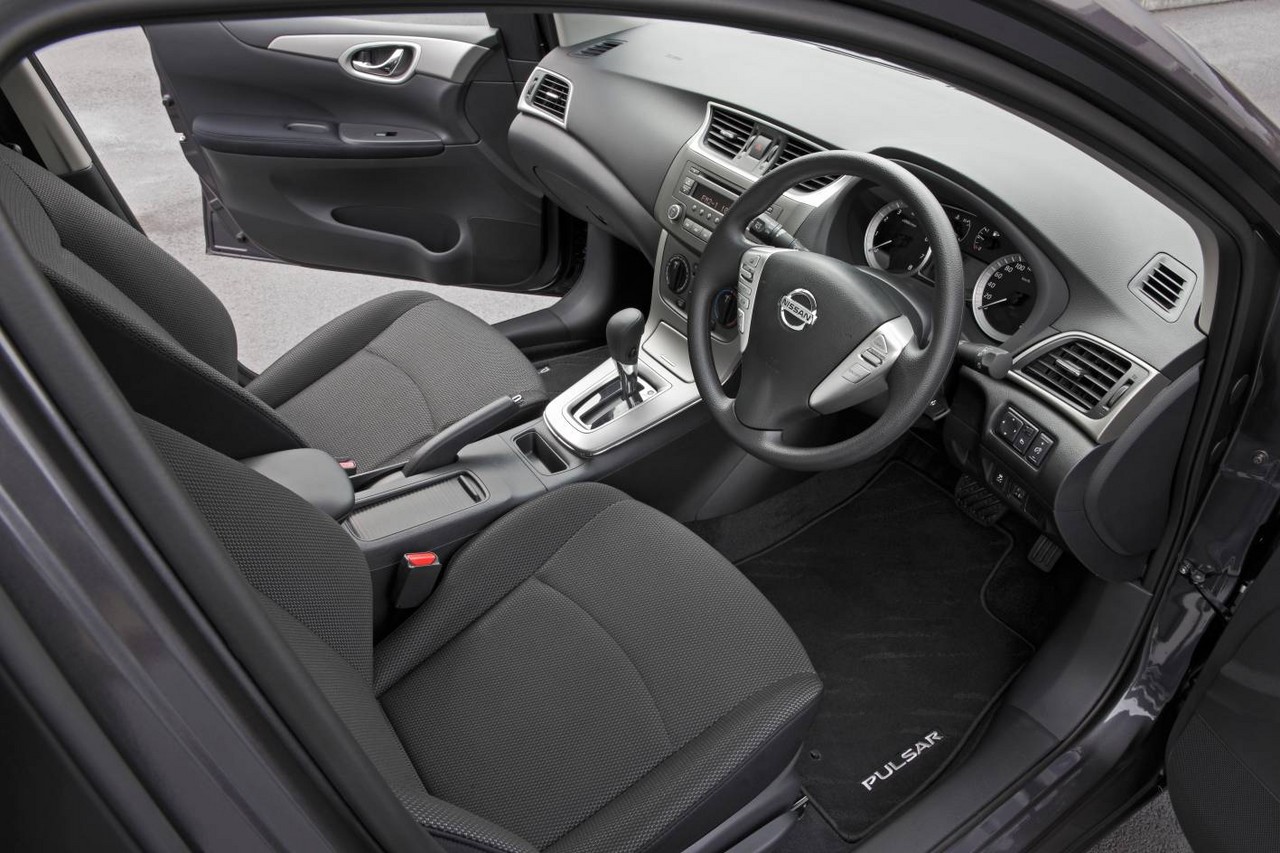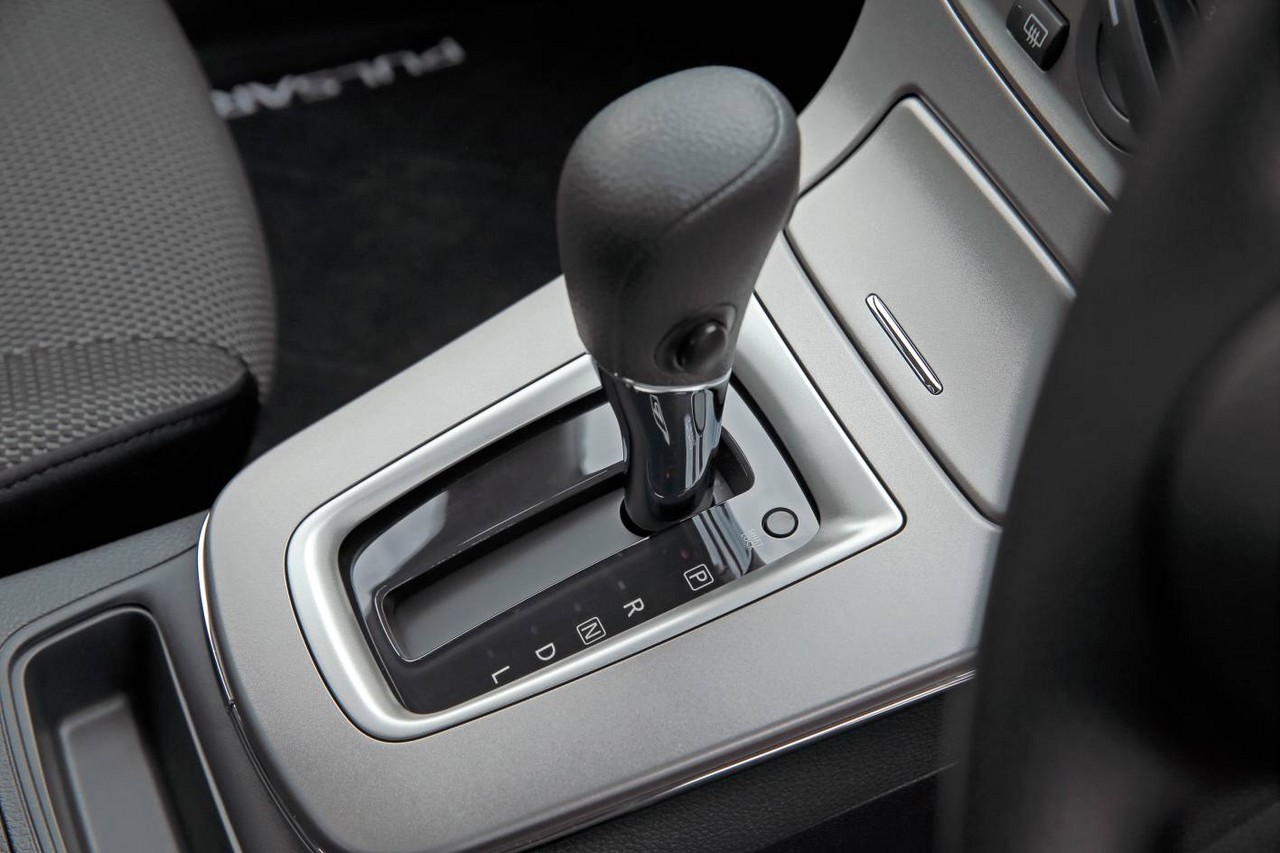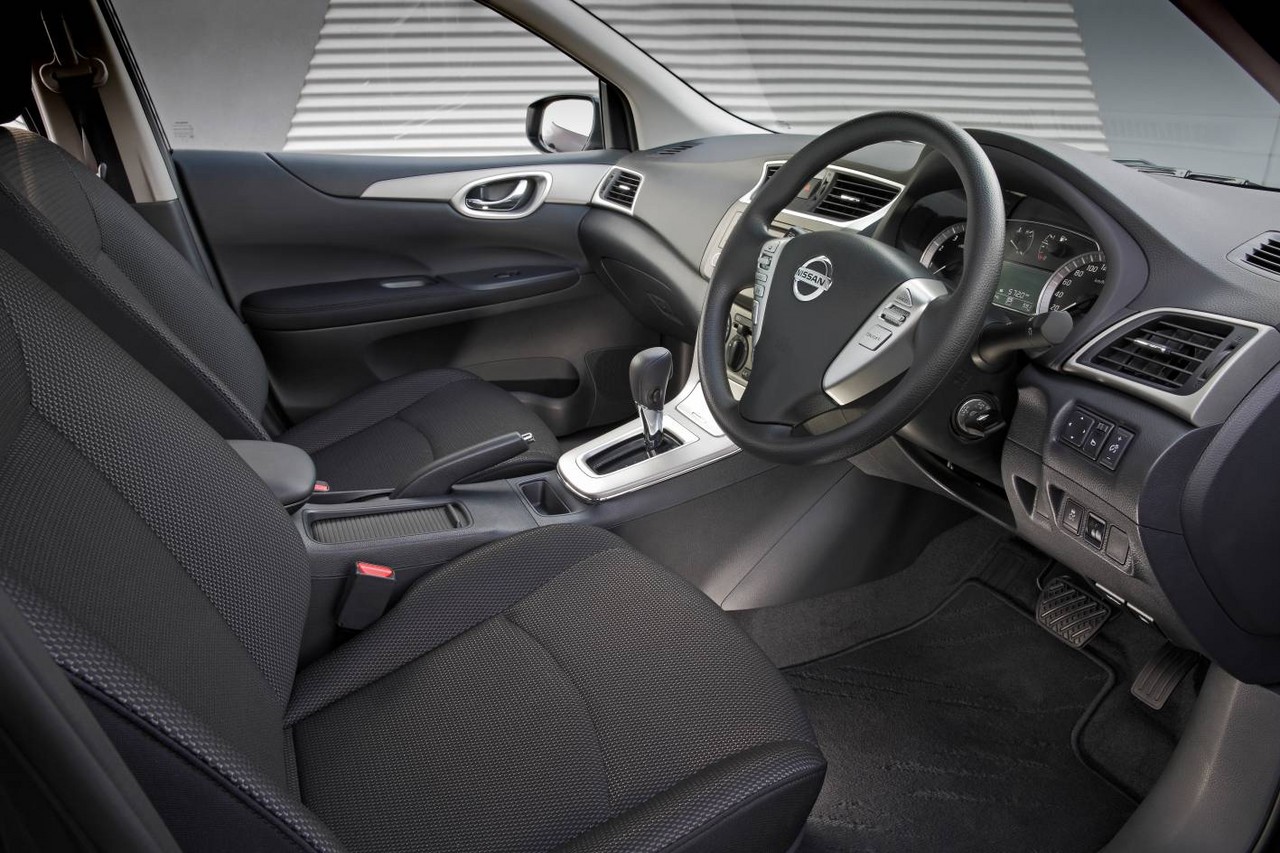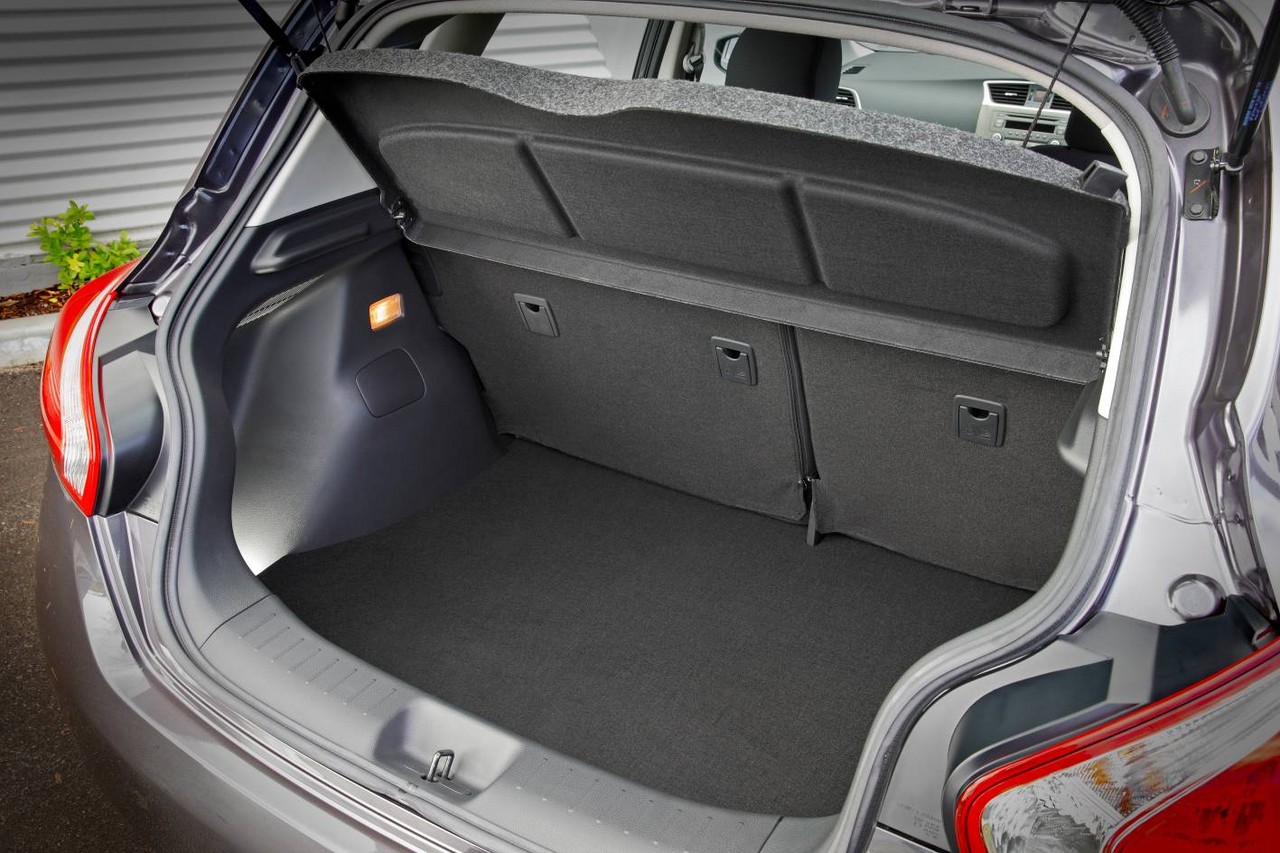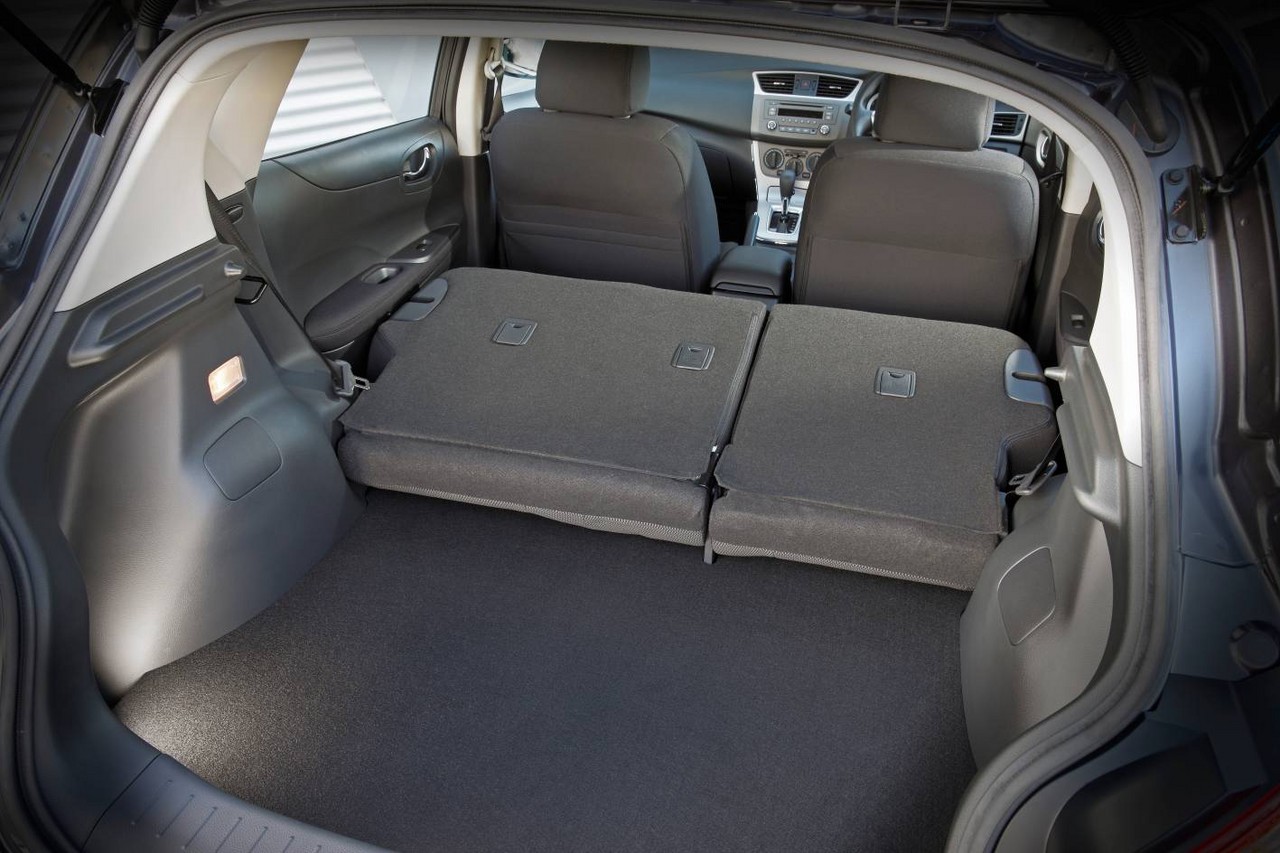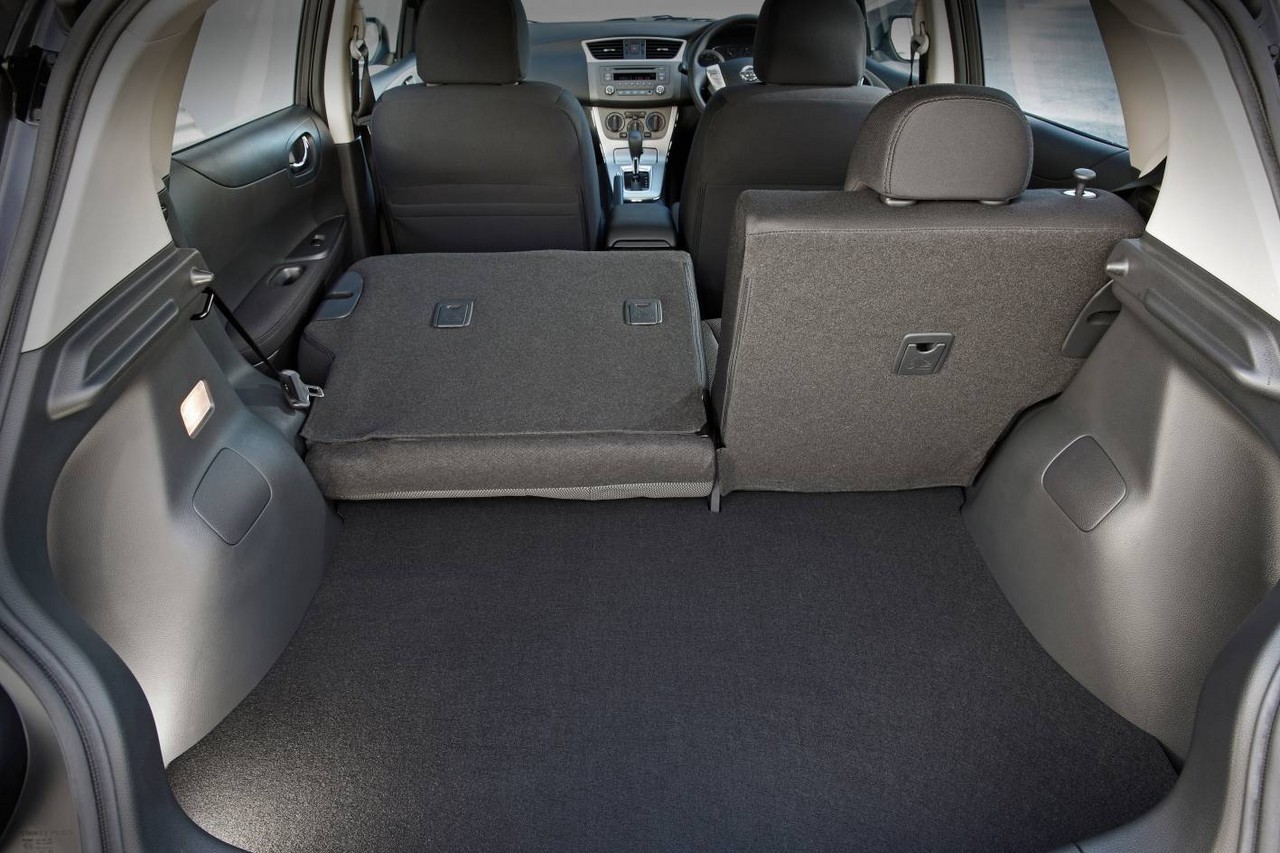
- Refined 1.8-litre petrol engine
- For Pulsar SSS, powerful 1.6-litre turbo petrol engine
- Comfortable ride
- Spacious interior
- Light, overly-assisted steering lacks feel
- Where fitted, droning noise from CVT when accelerating
- Rear seats don’t fold flat
- Dynamics fall short of Mazda BM Mazda3 and Ford Mk.3 Focus
- Reports of CVT failure
Review: Nissan C12.I Pulsar hatch (2013-15)
Overview
Released in June 2013, the Nissan C12 Series I (C12.I) Pulsar was a small, front-wheel drive hatchback. Manufactured in Thailand, the C12 Pulsar was powered by naturally aspirated 1.8-litre and turbocharged 1.6-litre four-cylinder petrol engines.
MRA8DE and MR16DDT engines
Of the engines,
- the 1.8-litre MRA8DE petrol engine had an aluminium cylinder block and heads, double overhead camshafts, continuously variable valve timing control (C-VTC) for the intake and exhaust valves, four valves per cylinder and a compression ratio of 9.9:1; and,
- the 1.6-litre MR16DDT petrol engine differed in that it had a turbocharger and intercooler, direct petrol injection, sodium-filled exhaust valves, nano-finished camshafts, beehive valve springs and a compression ratio of 9.5:1.
The engines were mated to either six-speed manual or continuously variable transmissions (CVTs), the latter featuring a subplanetary gear which enabled it to switch between low range (for greater response at low speeds) and high range (lower RPM at high speeds).
Dimensions and suspension
Compared to its C11 Tiida predecessor, the C12 Pulsar hatch was 90 mm longer (at 4295 mm, 4315 mm for SSS variants), 65 mm wider (1760 mm), 15 mm lower (1520 mm) and had a 100 mm longer wheelbase (2700 mm).
The C12 Pulsar had MacPherson strut front suspension with a stabiliser bar and a torsion beam rear axle with an integrated stabiliser bar.
| Variant | Engine | Trans. | Peak power | Peak torque |
|---|---|---|---|---|
| ST, ST-L |
1.8-litre petrol I4 (MRA8DE) |
6sp man., CVT |
96 kW at 6000 rpm | 174 Nm at 4800 rpm |
| ST-S, SSS |
1.6-litre turbo petrol I4 (MR16DDT) |
6sp man., CVT |
140 kW at 5600 rpm | 240 Nm at 2000-5200 rpm |
Safety equipment
Standard safety equipment for the C12 Pulsar included dual front airbags, front side airbags, full-length curtain airbags, ABS, electronic brake force distribution, brake assist, electronic stability control, traction control and front seatbelts with pretensioners and load limiters.
ANCAP crash testing
In ANCAP crash testing , the B17 Pulsar sedan received a five star adult occupant protection rating with a score of 32.67 out of 37; based on evidence supplied by Nissan, this result was also applied to the C12 Pulsar hatchback. In the offset crash test, protection of the driver’s head and feet were rated as good, though chest and lower leg protection was rated as acceptable and upper leg protection as marginal. In the side impact test, head and torso protection were rated as good, though chest protection was rated as acceptable.
Features
Standard features for the Pulsar ST included 16-inch alloy wheels with 195/60 R16 tyres, a six speaker sound system with a CD player, MP3-compatibility and auxiliary input (3.5 mm), air conditioning, cruise control, Bluetooth mobile phone connectivity, steering wheel audio controls, remote central locking, power windows and mirrors, tilt and telescopic steering wheel adjustment, a height adjustable driver’s seat, trip computer and an immobiliser.
The Pulsar ST-L was further equipped with a six speaker sound system, auxiliary USB and iPod inputs, a 4.3-inch colour display, premium cloth seat trim, front fog lights, a leather-wrapped steering wheel, power folding door mirrors and rear spoiler. Beyond this, the ST-S added 17-inch alloy wheels with 205/50 R17 tyres.
The range-topping Pulsar SSS was distinguished by its satellite navigation system (with a 5.8-inch colour display, 3D maps and touch screen), Bluetooth audio streaming, dual-zone climate control air conditioning, leather seat trim, xenon headlights with washers, automatic headlights, a reversing camera with guidance lines, proximity key, power folding mirrors, rear privacy glass and push-button start. The SSS was also fitted with a sports body kit which included a front spoiler, side skirts and rear lower spoiler.
2014 Pulsar SSS Heritage Edition
In October 2014, forty (40) Pulsar SSS Heritage Edition models were released. The Pulsar SSS Heritage Edition was released to celebrate the 30th anniversary since George Fury’s Nissan Bluebird Turbo took pole position in the 1984 Bathurst 1000. Compared to the standard Pulsar SSS, the Heritage Edition featured Nissan red and blue factory racing stripes and branding, and heritage edition floor mats, head rests and interior badging. The Pulsar SSS Heritage Edition was available in Polar White and Brilliant Silver paint finishes.
Brochure
Related links
- Specifications: Nissan C12 Pulsar hatch (June 2013)
- Nissan News: Nissan Pulsar Hatch And SSS Turbo (June 2013)
Review: Nissan C12.II Pulsar hatch (2015-16)
Overview
Released in Australia in April 2015, the C12 Series II (C12.II) Pulsar range was simplified as the ST-S variant was discontinued.
| Variant | Engine | Trans. | Peak power | Peak torque |
|---|---|---|---|---|
| ST, ST-L |
1.8-litre petrol I4 (MRA8DE) |
6sp man., CVT |
96 kW at 6000 rpm | 174 Nm at 4800 rpm |
| SSS | 1.6-litre turbo petrol I4 (MR16DDT) |
6sp man., CVT |
140 kW at 5600 rpm | 240 Nm at 2000-5200 rpm |
Features
Compared to its C12.I predecessor, standard features for the C12.II Pulsar ST-L were extended to include a reversing camera with guidance lines.
Specifications
Related links
